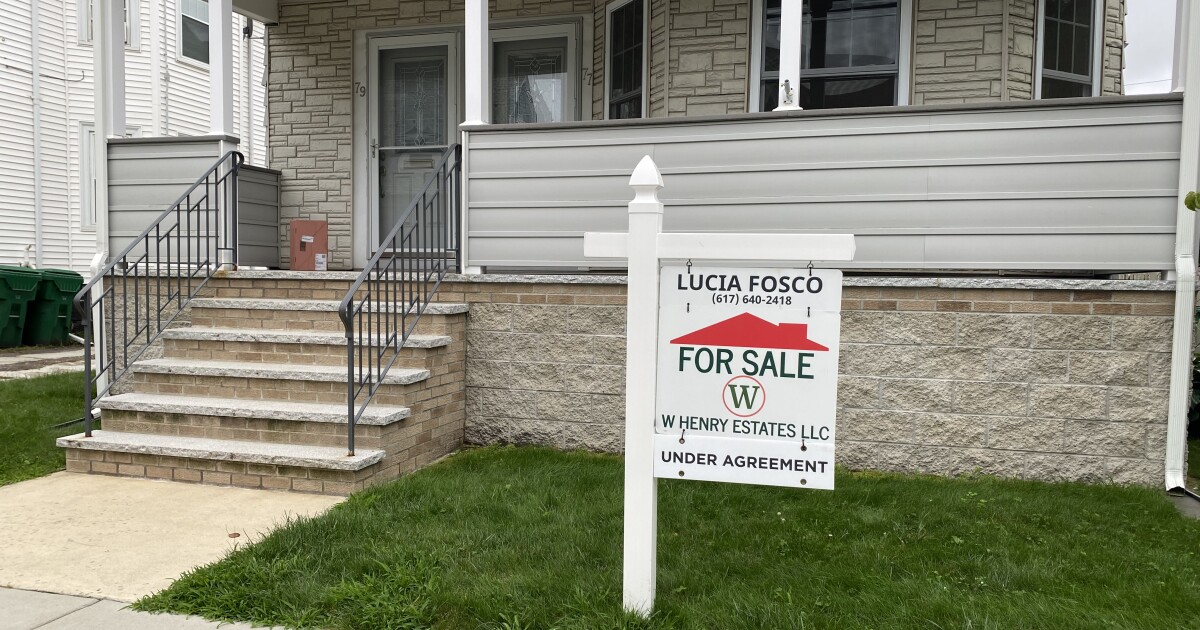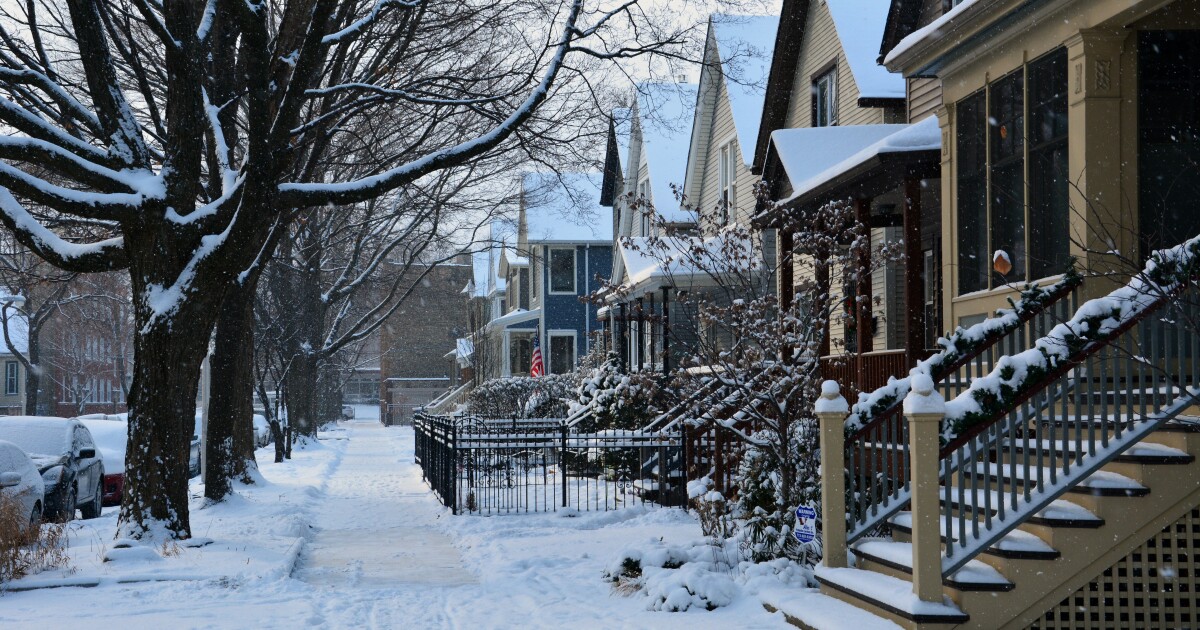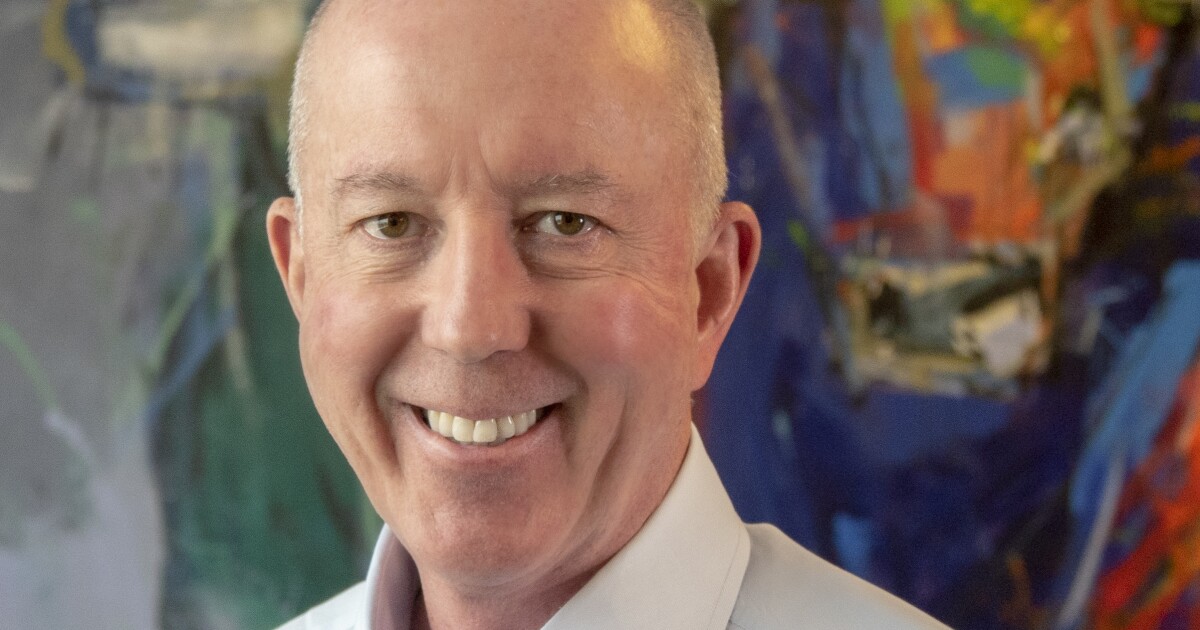
Home buyers taking on record-high monthly payments also lost out on additional nearly $200 billion in equity because of soaring mortgage rates, according to Black Knight.
Borrowers in July paid an average monthly principal and interest payment of $2,306 under a 30-year fixed-rate loan, the firm said Wednesday in its July Mortgage Monitor report. It took 38.3% of the median household income to pay the monthly P&I for an average-priced home, the highest share since 1984.
"We've been talking about affordability for quite some time now, but this puts the situation in stark relief," said Andy Walden, vice president of enterprise research strategy at Black Knight, in a press release. The company is already identifying itself as an Intercontinental Exchange company after their heavily scrutinized merger recently closed.
For comparison, the 30-year conforming rate was 13.2% in December 1984, Black Knight said, showing how home price growth has outpaced income growth. Mortgage rates today sit at over 7%.
A return to a 25-year average affordability level would require either home prices falling around 27%, rates dropping by more than 4%, or 60% growth in median household income, Black Knight said. The average purchase price for rate locks through the first three weeks of August was $453,000, according to the firm.
Adding to the pain, 23% of July purchase originations carried monthly P&I of $3,000 or more. Only 5% of borrowers paid $3,000 or more monthly in 2021. Black Knight's figures don't include the average $550 monthly payment for taxes and insurance, with homeowner's coverage itself also facing financial headwinds.
Escalating mortgage rates have decimated the refinance market, but also the home equity line of credit opportunity for homeowners. Borrower equity withdrawals have fallen 55% in the past two years, from 0.92% of mortgage holders tapping equity in 2020-2021 to just 0.4% in the past three quarters, Black Knight said.
"In essence, over the last 15 months, there's been nearly $200B less equity withdrawn – and reinjected into the broader economy – than might otherwise have been, due in large part to elevated interest rates," Walden said.
HELOCs, which rose and fell in popularity in the past 12 months, today tout rates above 8.5%, the firm found. Refis meanwhile only accounted for 14% of lock activity at the beginning of August. The originations reached record-lows earlier this year and account for just 30% of total application volume, the Mortgage Bankers Association said Wednesday.
Borrowers continue to pay their bills on time with a low 3.21% delinquency rate, although 30 day and 60 day delinquencies rose slightly, the report said. Cure rates are also declining from spring peaks, but remain up 7% year-over-year.
Despite the rise in late payments, foreclosure starts fell 6% in July to 26,000. Prepayments also fell 12.2% in July, Black Knight said. The number of homes for sale remains muted, although the cost of homebuying has lifted some inventory pressure.
"Slow market speeds mean there is currently a 3.2 month supply of houses on the market, the highest that metric has been since mid-2020," the report said. "But not for the reasons you would like to see."



